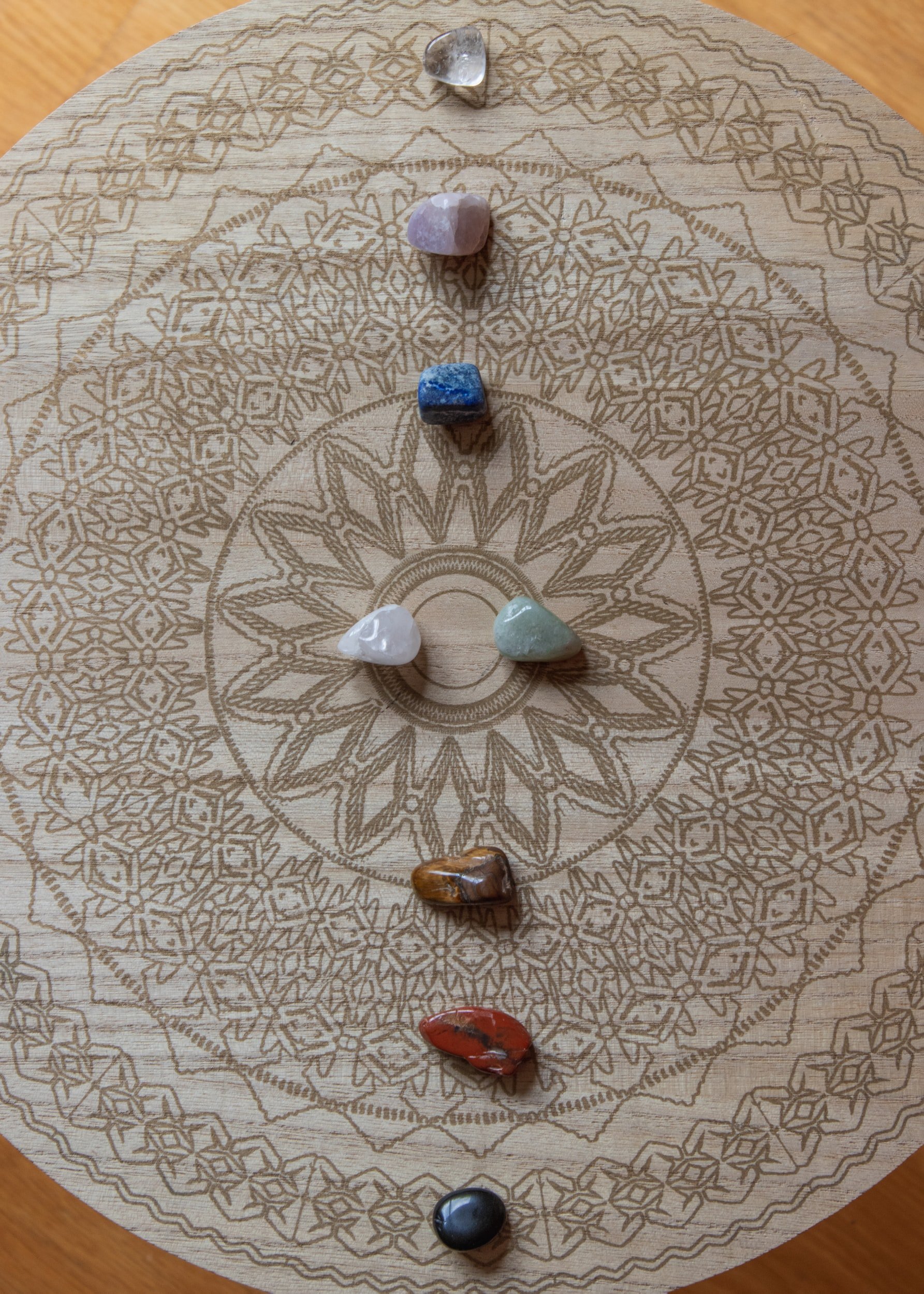Ergonomically Speaking
Ergonomics a perfect example of design and wellness. It is an invisible waltz between furniture and the human body. Improving posture is a constant practice when facing so much external stimuli on a daily basis. Here are three ways to course correct posture throughout the day; deep breaths, keep feet flat on the floor when seated, pelvis slightly tilted when standing. These simple corrections will create a wave effect on the body triggering the shoulders, head and hips to move closer to their proper placements. (This may be a good time to use the rubber band on the wrist snap trick to train your mind and body to correct your posture as soon as it’s out of alignment.)
Photo by: Dillion Mangum @dillion_mangum
Rolfing
Rolfing, named after creator, Ida Rolf in the 1960’s, focuses on finding the body’s center of gravity to improve posture and releasing muscles restricted by fascia (a plastic bag-like membrane) that surrounds muscles preventing growth. To find your center of gravity, stand straight, knees slightly bent with your body weight on the pads of your feet while leaning slightly forward while your chin is parallel to the floor and feeling as if there is a string pulling up from the spine through the back of the neck and out of the crown of the head. Then gently rock back and forth to find your center of gravity, it should feel like lightness and stillness. To learn more about Rolfing and Ida Rolf, click here.
***DO NOT try this If you have vertigo, balance, joint or blood pressure issues or any ailment that could result in an injury. Always consult with a licensed physician before attempting a new physical technique. Be safe and be your own advocate for your health.
Creating Alignment
Photo by: Susanna Marsiglia @sushimi
Creating alignment within the mind, body and home takes practice. Alignment is in constant movement, wherever your focus is, everything else in your environment shifts in that direction.
Alignment in the mind happens during meditation or when you stop a negative thought with a pivoting counter thought. Alignment in a literal sense for the body affects posture and organs while also reflecting your state of mind. If you’re depressed and slouched then your spine is curved and your organs are compressed. Standing straight with an imaginary string pulling from the top of your head, chin parallel to the floor, pelvis slightly tucked and weight evenly distributed on the feet will create automatic shifts in mood and joint pressure. Alignment in the home is effected by the placement of furniture and the arrangement of your favorite items that bring a sense of comfort mixed with safety. Now would be an appropriate time to take a deep breath, say your favorite mantra (use Sat Nam if you if your mind just went blank) correct your posture and walk around your home tidying up and adjusting items until they feel refreshed. Doing these three things are the mental and physical acts of creating alignment. Anytime you feel off, repeat these steps…oh and drink water too.
Here is a meditation for alignment


